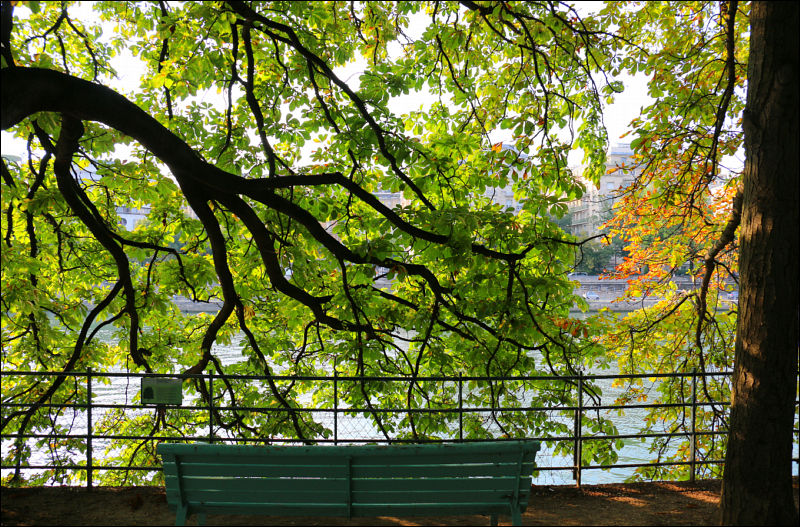
-
Canon 70F is in stock now:
-
Couple the Dual Pixel AF system with the touch-screen and it's easy to see the potential of the EOS 70D - just tap almost anywhere on the screen and the camera will quickly and confidently refocus without any hunting. Unlike many AF systems which only work with certain lenses, Canon also claims its Dual Pixel CMOS AF system will work with no fewer than 103 lenses in the EF catalogue, and that it's also 30% faster than the Hybrid AF system on models like the EOS SL1 / 100D. It is in short, the Holy Grail of AF for movies and Live View
-
The Laing review is very useful, but there is a gaping missed opportunity - actually comparing the 70D focusing to, say, the 7D or any current Rebel in the same scene using the same lens. The focus pulls in the video are great, but how much better are they than the Canon current focusing systems? That is the point. Change the camera, keep the lens, same scene and then compare. Some of the focusing prowess comes from the STM lens too.
Here is a set of focus pulls in dim light using the falsely-maligned EOS M, which actually has the current (pre-70D) Canon focusing system, with an STM lens. You also see solid and precise shifts of focus with no hunting. How much better would the new dual system be?
-
The above test uses touch-screen focus to focus pull. This test uses the flexi-zone single AF servo focus, in very low light (ISO1600), and reproduces the Laing 70D test of going from a close-up of a cup to a far scene and back in the same focus mode (except that in his setting the light was much greater: ISO 400). And this is the EOS M. The lens is also an STM lens (EF M 18-55mm). His shot is prettier.
Again, how much better would the new focusing system be for this type of shot?
-
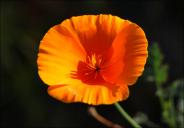
 voig14.jpg800 x 556 - 52K
voig14.jpg800 x 556 - 52K -
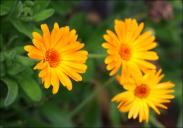
 voig21.jpg800 x 559 - 69K
voig21.jpg800 x 559 - 69K
 voig22.jpg800 x 473 - 128K
voig22.jpg800 x 473 - 128K -
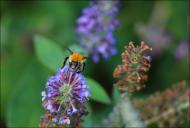
 sens6.jpg800 x 540 - 62K
sens6.jpg800 x 540 - 62K
 sens7.jpg800 x 517 - 153K
sens7.jpg800 x 517 - 153K -
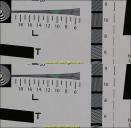
 70d.jpg616 x 600 - 57K
70d.jpg616 x 600 - 57K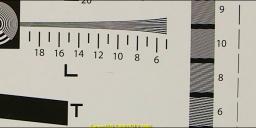
 70d1.jpg618 x 297 - 34K
70d1.jpg618 x 297 - 34K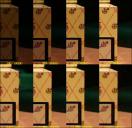
 70d2.jpg620 x 599 - 75K
70d2.jpg620 x 599 - 75K -
might not be a ground breaking camera but the AF system and likely promise of 720p continuous RAW with magic lantern is good enough for me.. if canon keeps up with their non ground breaking incremental updates i'll have no complaints, we should have the perfect camera for a great price before long!
-
The Canon EOS 70D produced images of excellent quality during the review period. This camera produces noise-free JPEG images from ISO 100 all the way up to ISO 1600, with noise first appearing at ISO 3200 - a great performance for a 20 megapixel APS-C Sensor. The faster settings of 6400 and 12800 display progressively more noise, with the fastest setting of 25600 best reserved for emergenices.
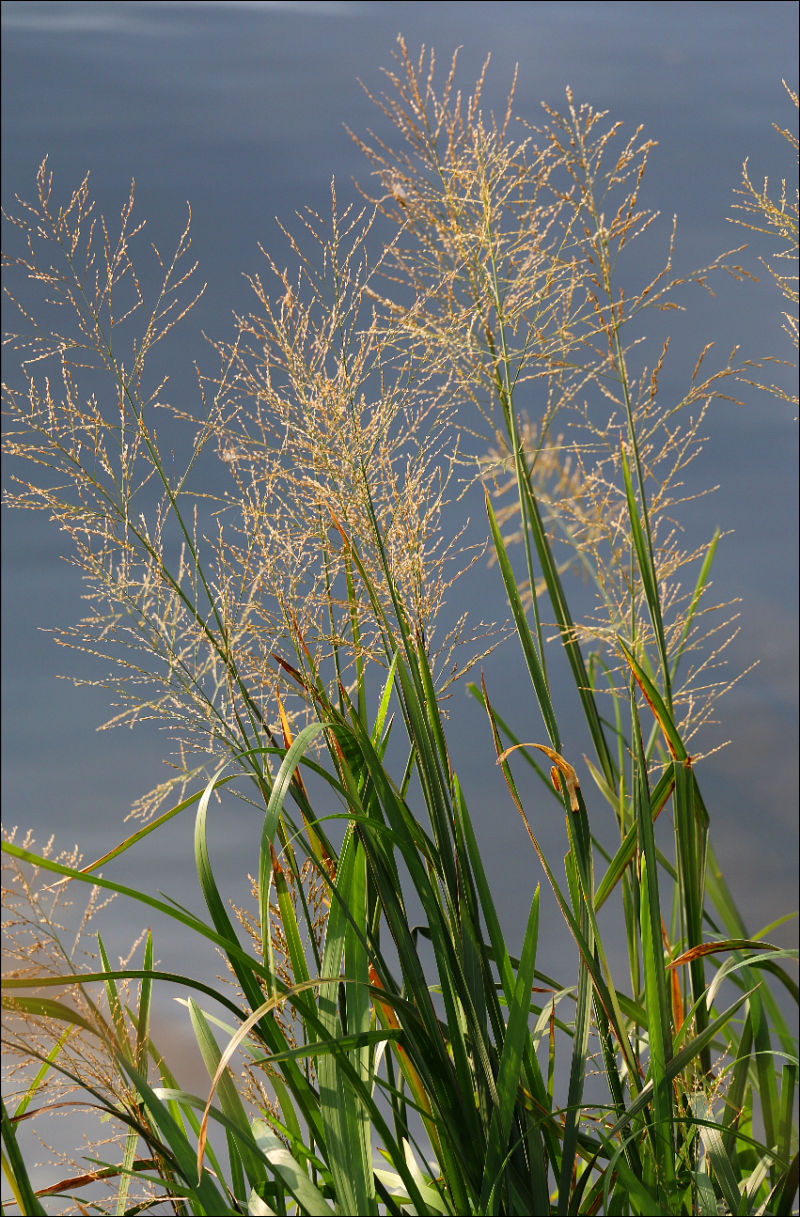
The 6 different Picture Styles and the ability to create your own are a real benefit to JPEG shooters, as are the Highlight Tone Priority and Auto Lighting Optimizer custom settings when used in the right conditions. The HDR mode combines three images taken at different exposures to create a single image with greater dynamic range.
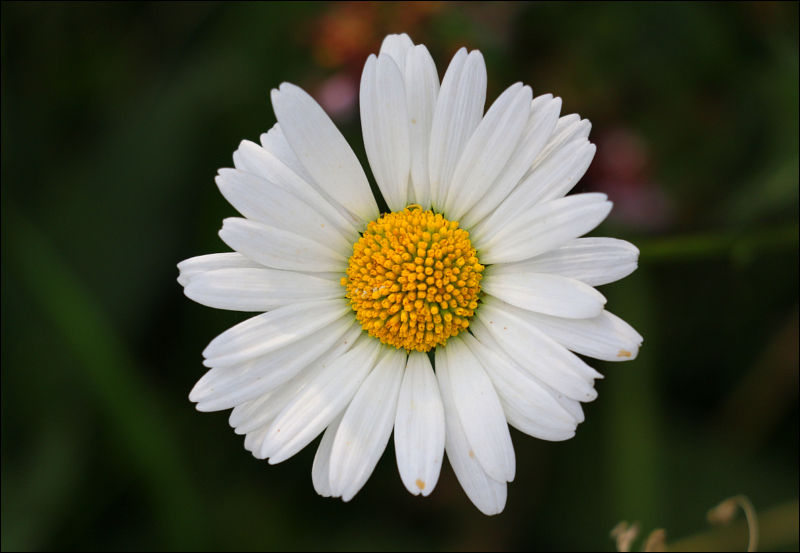 <
<http://www.photographyblog.com/reviews/canon_eos_70d_review/

 sales6.jpg800 x 1217 - 312K
sales6.jpg800 x 1217 - 312K
 sales7.jpg800 x 553 - 51K
sales7.jpg800 x 553 - 51K -
Battery life is rated at 920 shots according to Canon / CIPA test results, and for anyone thinking of upgrading from the Canon EOS 60D, you will be pleased to see that the Canon EOS 70D uses the same LP-E6 battery. Using live view dramatically reduces battery life, with Canon reporting 230 shots possible when using live view full-time.
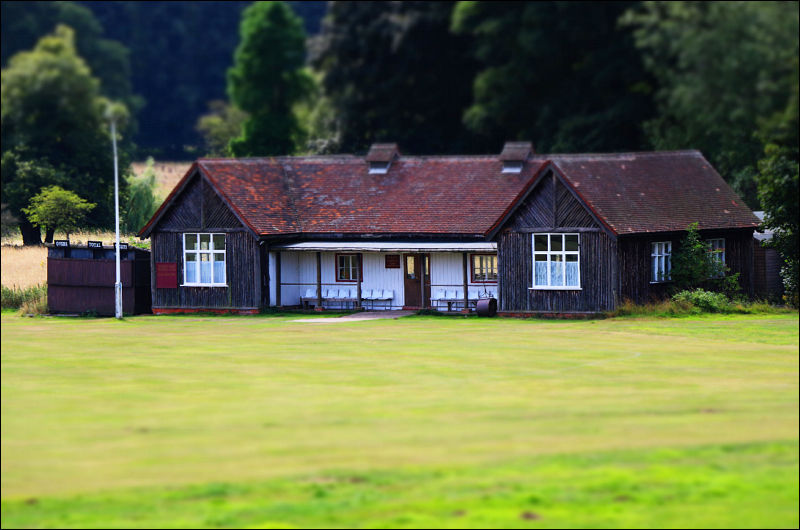
ISO100 to ISO6400 is selectable in manual movie mode. Digital zoom is also an option, when enabled can be set between 3x or 10x, and can be adjusted while recording using the touch screen, an example can be seen here. Continuous focus in video mode is impressive with the camera quickly refocusing when needed, an example can be seen here. The movie mode features face tracking as well as AF tracking, which can be set on the touch screen, so that the camera will track the subject and keep it in focus with very little noise picked up by the camera when using STM lenses. Video quality is very good, although moiré is visible in this video below.
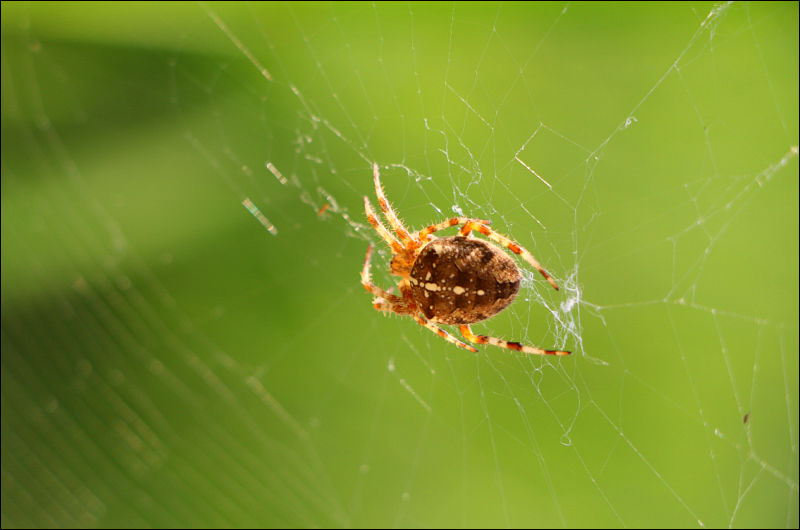
http://www.ephotozine.com/article/canon-eos-70d-dslr-review-22815

 sales9.jpg800 x 530 - 83K
sales9.jpg800 x 530 - 83K
 sales8.jpg800 x 530 - 52K
sales8.jpg800 x 530 - 52K -
Serious moiree in the test chart--thanks for posting the comparison.
-
The video limit has been removed:
'Max duration 29min 59sec, Max file size 4GB (If file size exceeds 4GB a new file will be created automatically)'
FINALLY!
(Same on the 700D too).
-
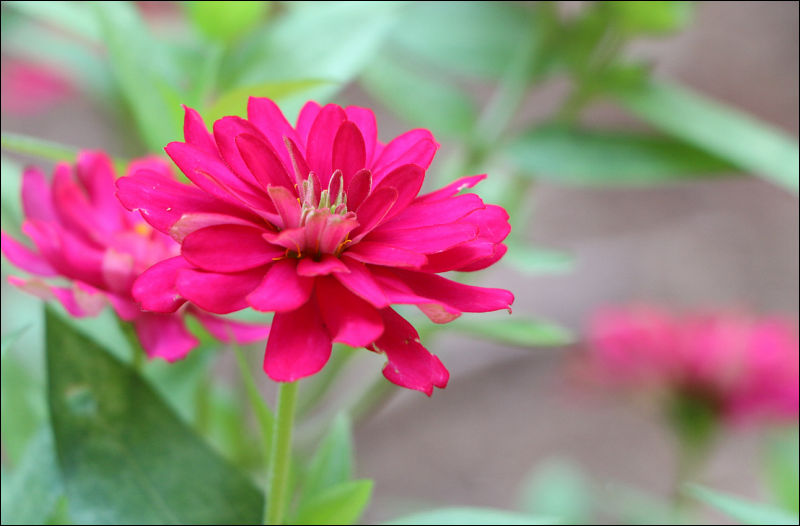
The 70D doesn't just provide for still imaging. Video can be captured, too, at up to Full HD (1920 x 1080 pixel) resolution. When shooting at this maximum resolution, you have a choice of 30, 25, or 24 frames per second. At 720p HD (1280 x 720 pixels), your choices are 60 or 50 frames per second. Finally, there's a VGA (640 x 480 pixel) mode, recorded at 30 or 25 fps.
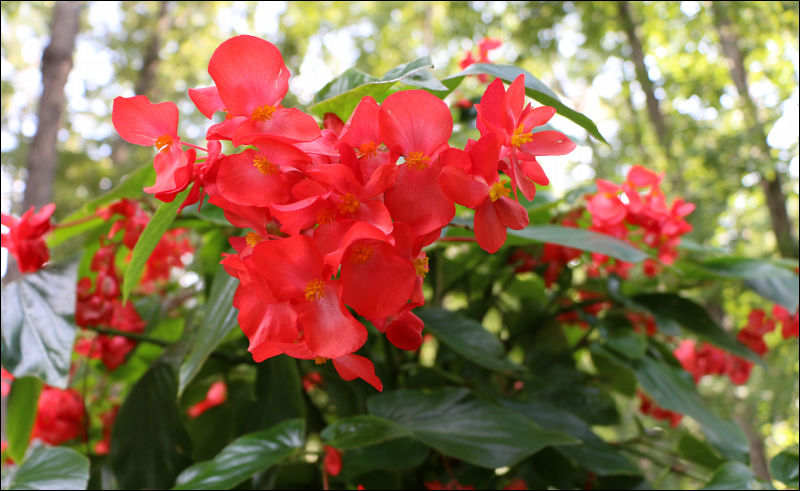
Full-time phase detection movie autofocus is possible, although you can opt for single AF or manual focusing, should you prefer.
The clear stand-out feature of the 70D is the new Dual Pixel CMOS AF system. Canon's previous full-time continuous video autofocus systems, called Hybrid CMOS AF (T5i, T4i, EOS-M) and Hybrid CMOS AF II (SL1), used both phase-detect and contrast-detect AF. The way this system worked was that phase-detect would get the ball rolling for focusing, then contrast-detect would take over for fine-tuning to achieve crisp focus. The downside is that this process is typically slower, plus the lens still has to hunt back and forth a bit to determine the point of best focus.
http://www.imaging-resource.com/PRODS/canon-70d/canon-70dA.HTM

 test.jpg800 x 526 - 60K
test.jpg800 x 526 - 60K
 test1.jpg800 x 491 - 94K
test1.jpg800 x 491 - 94K
Howdy, Stranger!
It looks like you're new here. If you want to get involved, click one of these buttons!
Categories
- Topics List23,992
- Blog5,725
- General and News1,354
- Hacks and Patches1,153
- ↳ Top Settings33
- ↳ Beginners256
- ↳ Archives402
- ↳ Hacks News and Development56
- Cameras2,367
- ↳ Panasonic995
- ↳ Canon118
- ↳ Sony156
- ↳ Nikon96
- ↳ Pentax and Samsung70
- ↳ Olympus and Fujifilm101
- ↳ Compacts and Camcorders300
- ↳ Smartphones for video97
- ↳ Pro Video Cameras191
- ↳ BlackMagic and other raw cameras116
- Skill1,960
- ↳ Business and distribution66
- ↳ Preparation, scripts and legal38
- ↳ Art149
- ↳ Import, Convert, Exporting291
- ↳ Editors191
- ↳ Effects and stunts115
- ↳ Color grading197
- ↳ Sound and Music280
- ↳ Lighting96
- ↳ Software and storage tips266
- Gear5,420
- ↳ Filters, Adapters, Matte boxes344
- ↳ Lenses1,582
- ↳ Follow focus and gears93
- ↳ Sound499
- ↳ Lighting gear314
- ↳ Camera movement230
- ↳ Gimbals and copters302
- ↳ Rigs and related stuff273
- ↳ Power solutions83
- ↳ Monitors and viewfinders340
- ↳ Tripods and fluid heads139
- ↳ Storage286
- ↳ Computers and studio gear560
- ↳ VR and 3D248
- Showcase1,859
- Marketplace2,834
- Offtopic1,320












